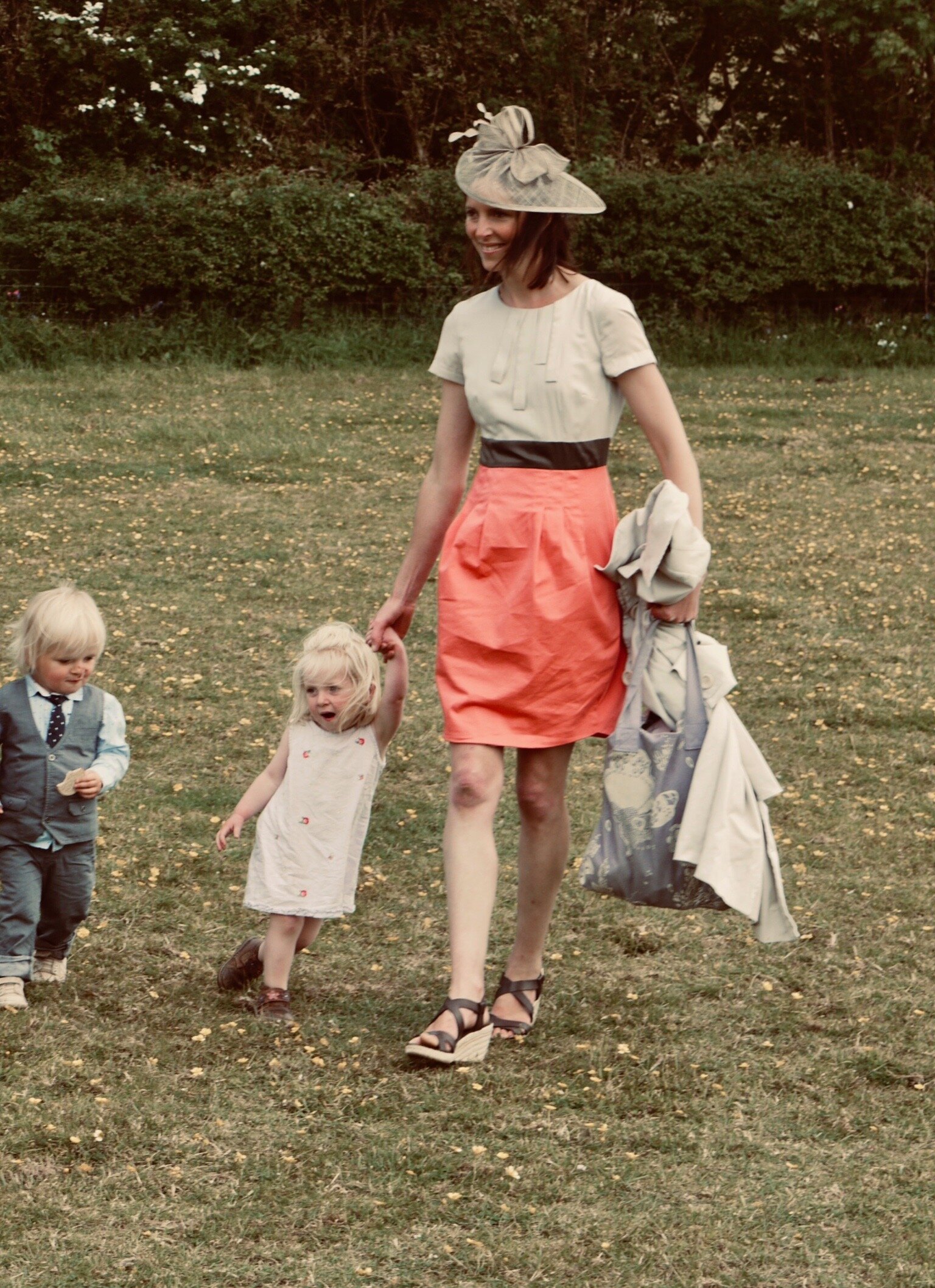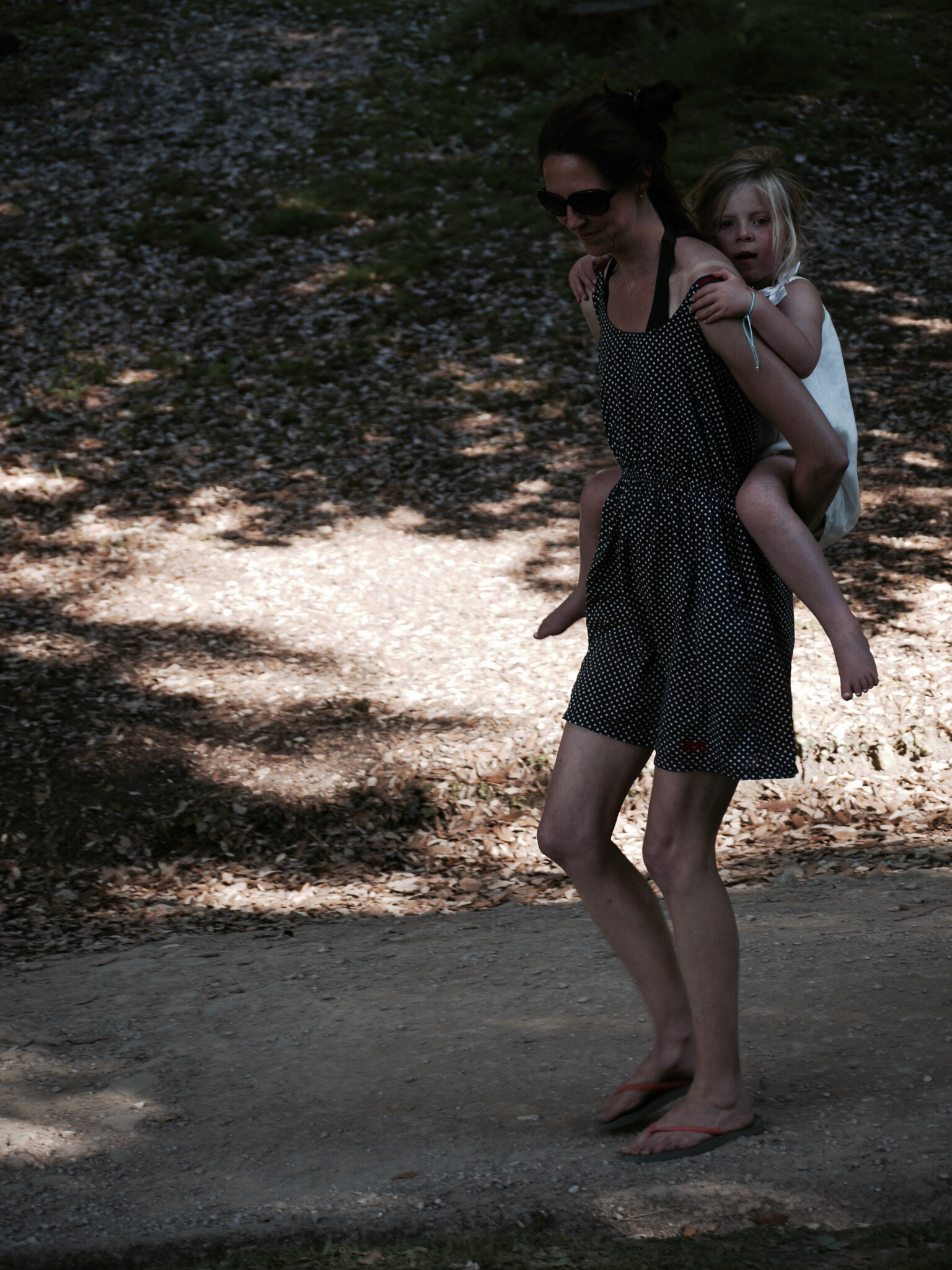Last week there was a fundraiser clothes sale at our kids’ local primary school. I love this win-win-win concept where I’m given an incentive to trawl through the kids clothes and get a few bags ready to pass on, stock up with next-stage gear (I actually went with a list!) and raise money for the school. The school hall was decked out with a great array of clothes, categorised by age, a shoe stall, uniform section, winter coats, wetsuits as well as clothes and shoes for adults - clearly a fair number of people had donated and there was some great stuff. However, I was shocked that only a handful of families came to browse or buy (and at 20p an item, it was a snip). So many clothes were left over, and the brilliant team of parents who had put so much into organising the event were left with huge stacks of clothes to re-home. None will go to waste - they will be passed on to the charity Bag 2 School. But still.
This got me thinking, what stopped so many families from coming to browse? Yes, it was a pretty wintery afternoon so some may have wanted to make a quick dash for the car; but the school hall was warm, welcoming and dry with tea and cakes at the ready. I had assumed that in this eco-conscious age we are living in, where eBay, Facebook marketplace and many others sites provide a mainstream and accessible platform for exchanging items including clothes, the old angst I remember from my teenage years about admitting to clothes being from a charity shop was passe - so twentieth century. But maybe I’m wrong? Or maybe there’s still a stigma attached to second-hand clothes in particular, as compared with toys, books or suchlike?
The fashion industry makes an eye-watering contribution to our environmental problems …
The fashion industry is the second-largest polluter in the world, after the oil industry
Up to 20,000 litres of water are needed to produce just 1kg of cotton
85% of the daily water needs of the entire population of India would be covered by the water used to grow cotton in the country. 100 million people in India do not have access to drinking water
The average consumer bought 60% more clothes in 2014 than in 2000, but kept each garment for half as long
Nearly 70 million barrels of oil are used each year to make the world’s polyester fibre, which is now the most commonly used fibre in our clothing. But it takes more than 200 years to decompose
That’s not to say, by any means, that all clothes producers have a negative environmental and social impact, there are some fantastic brands out there playing a leading role in sourcing ethical fabrics; making clothes that last so are less likely to be dumped having fallen apart after just a few uses; ensuring that the whole chain of production meets high environmental and social standards - and they are to be applauded. Addressing the way we consume clothes and making this mainstream is clearly hugely important, and big brands are already introducing ‘ethical’ clothing, although often this label only attaches to a small section of their clothing.
But buying ethically is only one part of the problem, and buying less - reducing, re-using and recycling - is necessary as well if we are to make any fundamental difference to the environmental footprint of the clothing industry. It seems that a combination of re-setting our expectations about how many clothes we buy - especially new - and how much wear we get out of them, along with how we upcycle clothes that we no longer want or no longer fit us, is a crucial part of the equation.
This has led me to ask myself: what contribution (however small) can I make to the conversation about clothes and their environmental and social impacts?
So I’ve set myself a challenge: I’m not going to buy any new clothes or shoes for myself for a year.
I’m not a huge buyer of new clothes anyway (helped by the fact we live in a very rural area so I’m rarely browsing shops!), and at first thought I imagine this will be really easy. However when I stop to think about how many new clothes I have bought over the past six months, it’s interesting how much has slipped in that I hadn’t realised: two dresses (one for a hot holiday, one for our kids’ christening); a swimming costume - actually two, one with long sleeves for sea swimming; three t-shirts; two pairs of yoga/massage trousers; a jumpsuit; wetsuit boots; socks; pants; wellies .. and that’s just what easily comes to mind. For most of these purchases I felt that I ‘needed’ them for an occasion or for work, and that I didn’t have time or inclination to look at second-hand options.
I’m interested to see how the year unfolds, at what points I notice the habit to buy and how I deal with it - decide I don’t need it at all, or look for a second-hand alternative? We live in an age where we have so many second-hand options available, but there must be a differing value attached to those purchases even with second-hand shopping, for example eBay vs Oxfam. This is something I intend to research and explore in more depth as I get going.
I realise the extreme luxury of taking on this first-world challenge, what a privilege to have the choice of whether to buy new or second-hand - or whether to buy at all. Yet it is a choice that so many of us are making daily, and we need to adjust those choices if we are to reduce the environmental impact that the production of clothing is having, and its contribution to climate change.
Back to our school fundraiser. I feel so blessed to live in a community where conversations about climate change are taking place in the classrooms and by parents as they wait to pick up kids; where a group of fabulous Mums hold a ladies clothes swap evening each year; and where the school parent committee come up with ideas like a fundraiser clothes swap - maybe things just didn’t work out for that particular event this time round. But what’s also clear is that our western-world habits of consumption of so many things - including clothes - needs to be examined and re-thought.
So - I’d best go and dust down my sewing kit ready to fix the holes in my tights and socks (I might even make headway on that pile of holey clothes that is now overflowing from the ‘needing attention’ box!). And I’ll sign off with three photos below of some of my favourite second-hand outfits - because I think we need to share and celebrate buying second hand if we want our school halls around the country to be bustling with families that are reducing their clothing footprint on the environment - and perhaps even raising money for great causes at the same time, too.
I’d love to know your thoughts on clothing consumerism - what changes have you made? And your best second hand buy? :)
References:
https://www.sustainyourstyle.org/old-environmental-impacts
https://www.wri.org/blog/2019/01/numbers-economic-social-and-environmental-impacts-fast-fashion
https://thegreenhubonline.com/2018/01/16/20-facts-about-the-fast-fashion-industry-that-will-shock-you/


